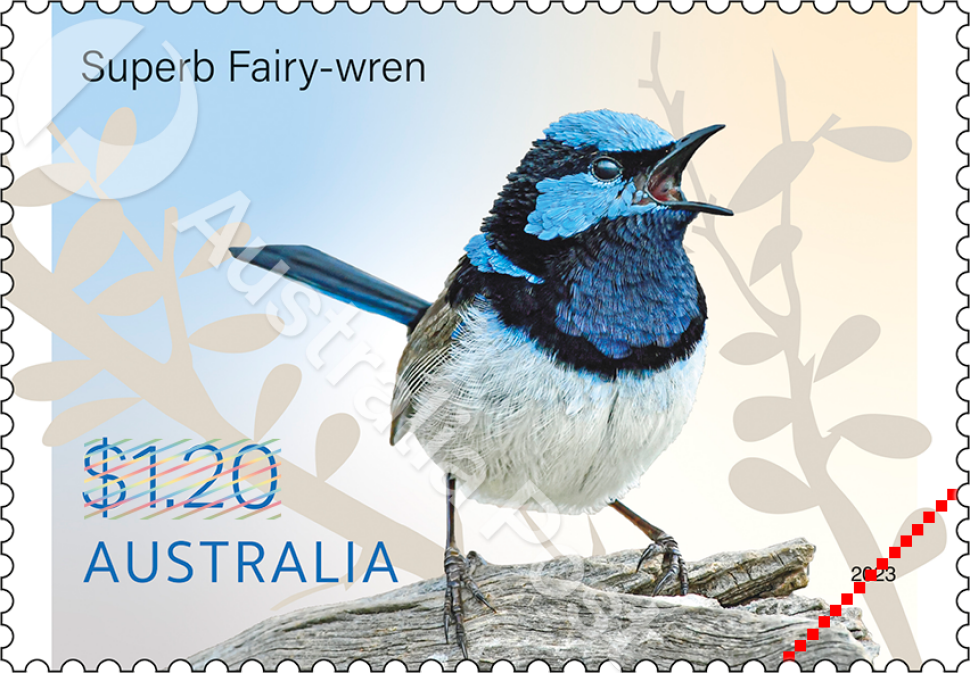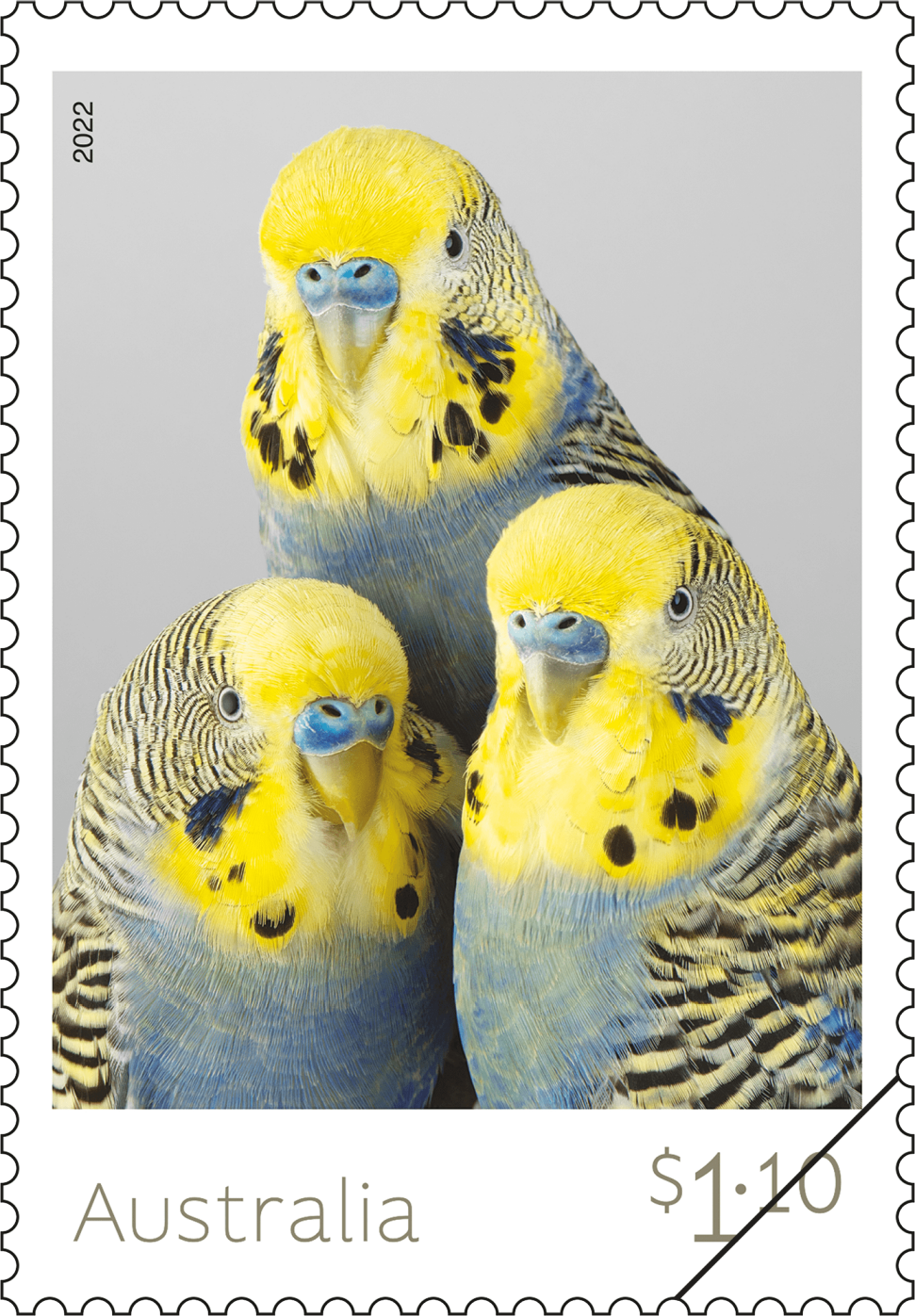Overview
Australia is renowned for its diverse avifauna, being home to around 800 bird species. This includes around 55 extant species of parrots (Order Psittaciformes, Family Psittaculidae). These colourful, cacophonous birds are conspicuous and showy exemplars of our native birdlife. Two physical attributes characterise them, setting them apart from other bird species: a broad downturned beak and zygodactylous feet (two forward-facing toes and two backward facing).
Parrots typically spend much time in the tree canopy. These primarily vegetarian birds crack seeds and nuts with their powerful beaks and most depend on mature trees with established hollows for nesting. But there are exceptions to this. Of the five terrestrial parrot species that occur worldwide, three of these are endemic to Australia: the Night Parrot, Western Ground Parrot and Eastern Ground Parrot; the other two are endemic to New Zealand (Kea and Antipodes Parakeet). Unlike most other parrot species and as their name suggests, ground parrots spend much of their time on the ground, where they build shallow nests of loosely knit sticks in low-lying thicket.
While the three species may be ground-dwelling, they are nevertheless reasonably strong fliers, though generally they run to avoid danger rather than fly. If they are flushed out of hiding, they may fly low for a distance and then drop back into the dense habitat. Their terrestrial behaviour and precise habitat requirements aggravate the parlous state of all three species.
Technical specifications
- Issue date
- 13 February 2024
- Issue withdrawal date
- 1 September 2024
- Denomination
- $1.20 x 3
- Stamp & product design
- Sonia Young, Australia Post Design Studio
- Stamp illustration
- Kevin Stead
- Paper: gummed
- Tullis Russell 104gsm Red Phosphor
- Paper: self-adhesive
- Tullis Russell Red Phos PSA (P55) 100gsm Rel. S/A
- Printer
- RA Printing
- Printing process
- Offset lithography
- Stamp size (mm)
- 37.5 x 26
- Minisheet (mm)
- 130 x 80
- Perforations
- 13.86 x 14.6
- Sheet layout
- Module of 50 (2 x 25 no design)
- FDI Postmark
- Cloncurry QLD 4824
- FDI withdrawal date
- 13 March 2024
$1.20 Night Parrot
Pezoporus occidentalis
Until the late 1980s, the Night Parrot was considered extinct, with no confirmed sighting having occurred for more than 140 years. The story of the species’ comeback has been fascinating, and the Night Parrot is considered the “holy grail” in the birding world.
The species is listed as critically endangered on the IUCN Red List and nationally, and the conservation group Bush Heritage has created the 56,000-hectare Pullen Pullen reserve to help restore its numbers.
The Night Parrot measures 22–24 centimetres in length and, compared with the other two ground parrots, is thickset and stocky, with a short tail and large head. It is green-black flecked, though more yellow than its kin, particularly on its lower face and belly. There is little physical difference between the male and female individuals.
$1.20 Western Ground Parrot
Pezoporus wallicus
The Western Ground Parrot, also known as Kyloring by the Ngoongar people, is a beautiful slender, grass-green parrot measuring 28–30 centimetres in length. It has a dark-flecked back and yellow-and-dark-barred breast and abdomen, with yellow bars extending along the length of its long green tail feathers. It has a yellow bar on each wing and orange-red band above its beak. Adults of both sexes are alike.
Like the Night Parrot, the Western Ground Parrot is listed as critically endangered on the Environmental Protection and Biodiversity Conservation Act (EPBC Act) with the species occurring in only two small areas on the south-west coast of Western Australia, Fitzgerald River National Park and Cape Arid National Park / Nuytsland Nature Reserve, where it is believed that around only 150 individuals exist. This generally solitary parrot feeds mainly on small seeds, fruit and flowers, and while it may forage on the ground during the day, it will fly at dawn and at dusk. Bushfires, feral predators and climate change are its greatest threats.
$1.20 Eastern Ground Parrot
Pezoporus wallicus
The Eastern Ground Parrot is very similar to its western counterpart in both size and plumage, though its yellow is a little brighter; in fact, the Western Ground Parrot was once considered a subspecies of the Eastern Ground Parrot. While it too inhabits coastal heathlands and associated open marshy areas with low-growing foliage, it has an alternative common name of Swamp Parrot. In Tasmania, it is also associated with areas of button grass.
The Eastern Ground Parrot is secretive and not commonly observed, but it exists in much greater numbers, and distributed over suitable habitat in fragmented populations along the east coast, from southern Queensland into New South Wales and parts of coastal Victoria, Tasmania and formerly in South Australia. It is not listed on the EPBC Act, but at state level it is listed as either endangered or vulnerable. The 2019–20 bushfires greatly impacted the habitat of Victoria’s largest population.
Shop our stamp collectables
Set of Gummed Stamps:
Set of Australian Ground Parrots Gummed Stamps
This set of stamps contains the three stamps from the Australian Ground Parrots stamp issue.

Minisheet:
Australian Ground Parrots Minisheet
This minisheet is from the Australian Ground Parrots stamp issue and presents the three stamps in a grassland setting.
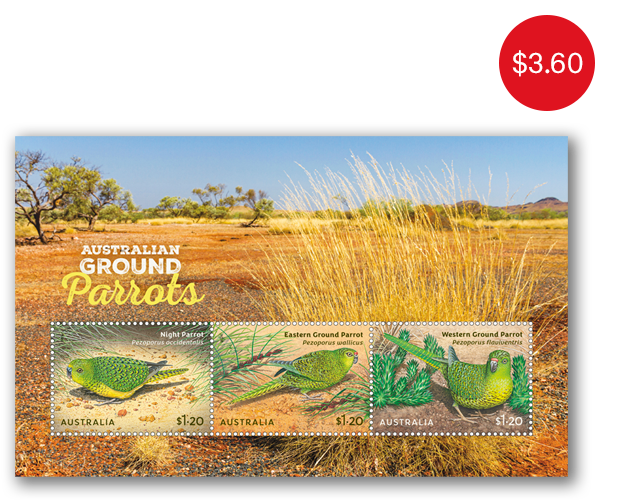
Stamp pack:
Australian Ground Parrots Stamp Pack
This Australian Ground Parrots stamp pack contains the three stamps and minisheet from the stamp issue presented in a high-quality folder.
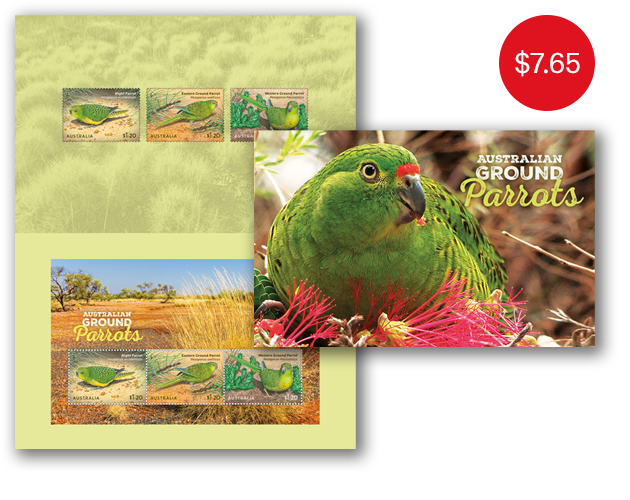
Maxicard set:
Set of Australian Ground Parrots Maxicards
This maxicard set contains the three maxicards from the Australian Ground Parrots stamp issue.

- Set of Gummed Stamps
- Minisheet
- Stamp pack
- Maxicard set
Additional collectables:
This content was produced at the time of the stamp issue release date and will not be updated.

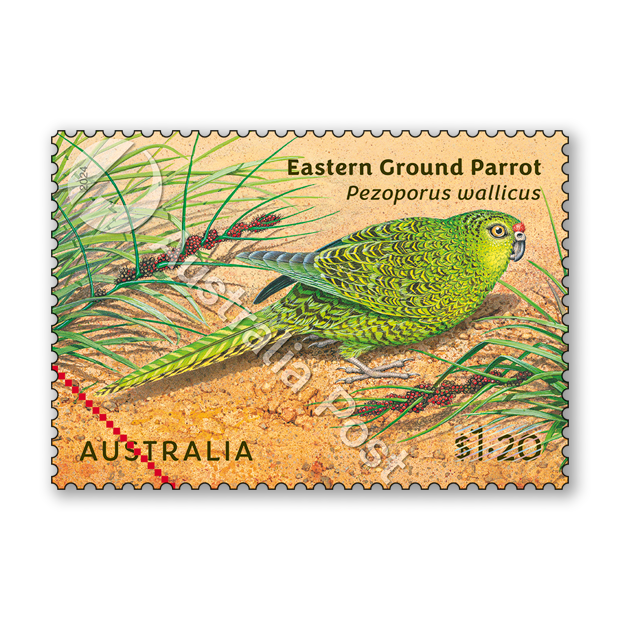
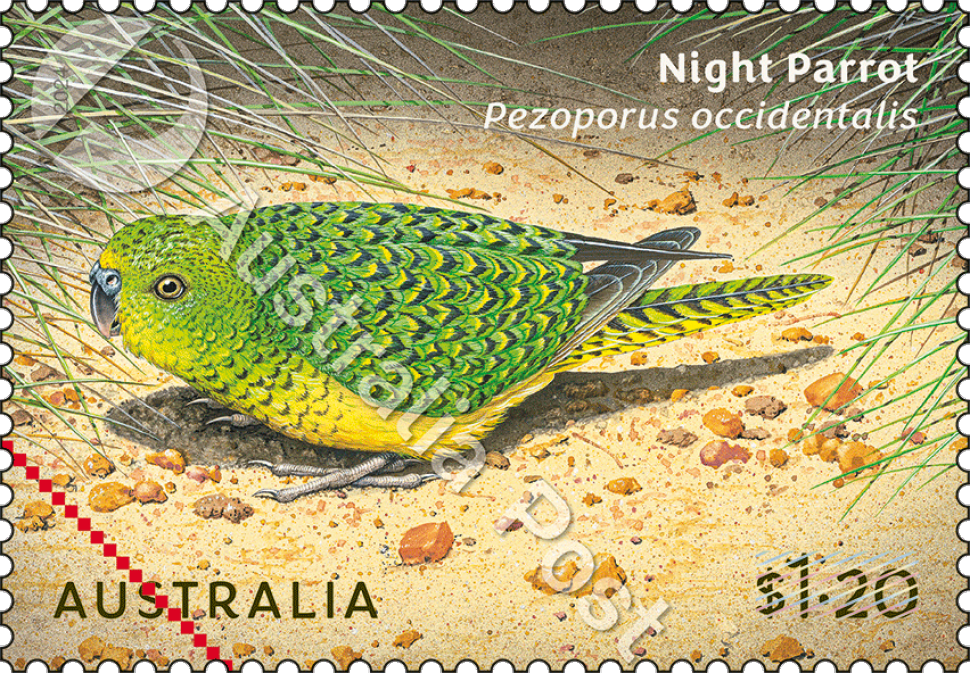

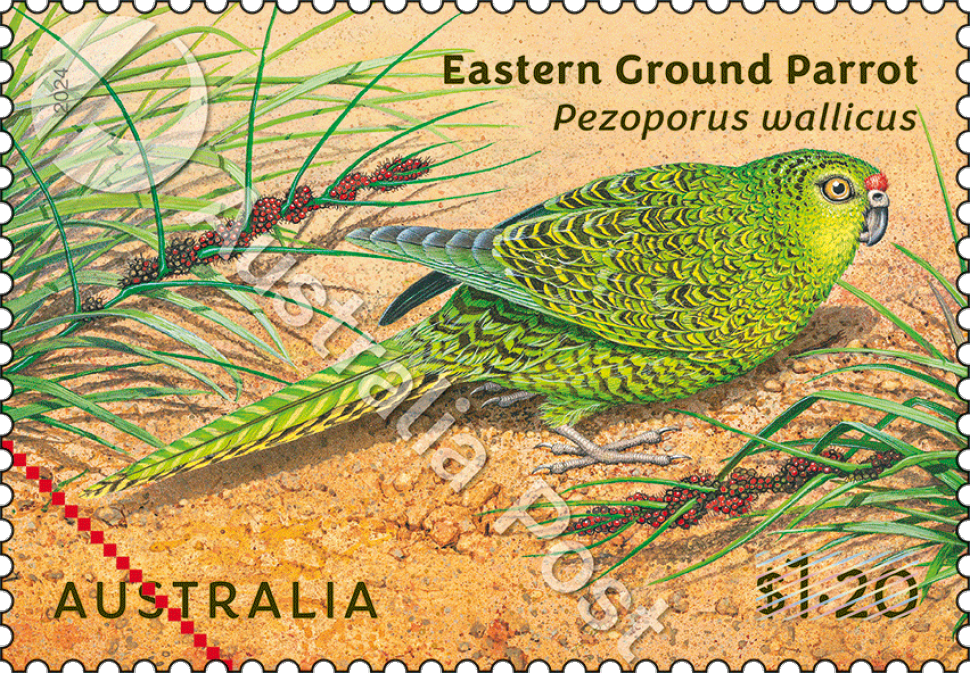
.png.auspostimage.970*0.11.medium.png)
